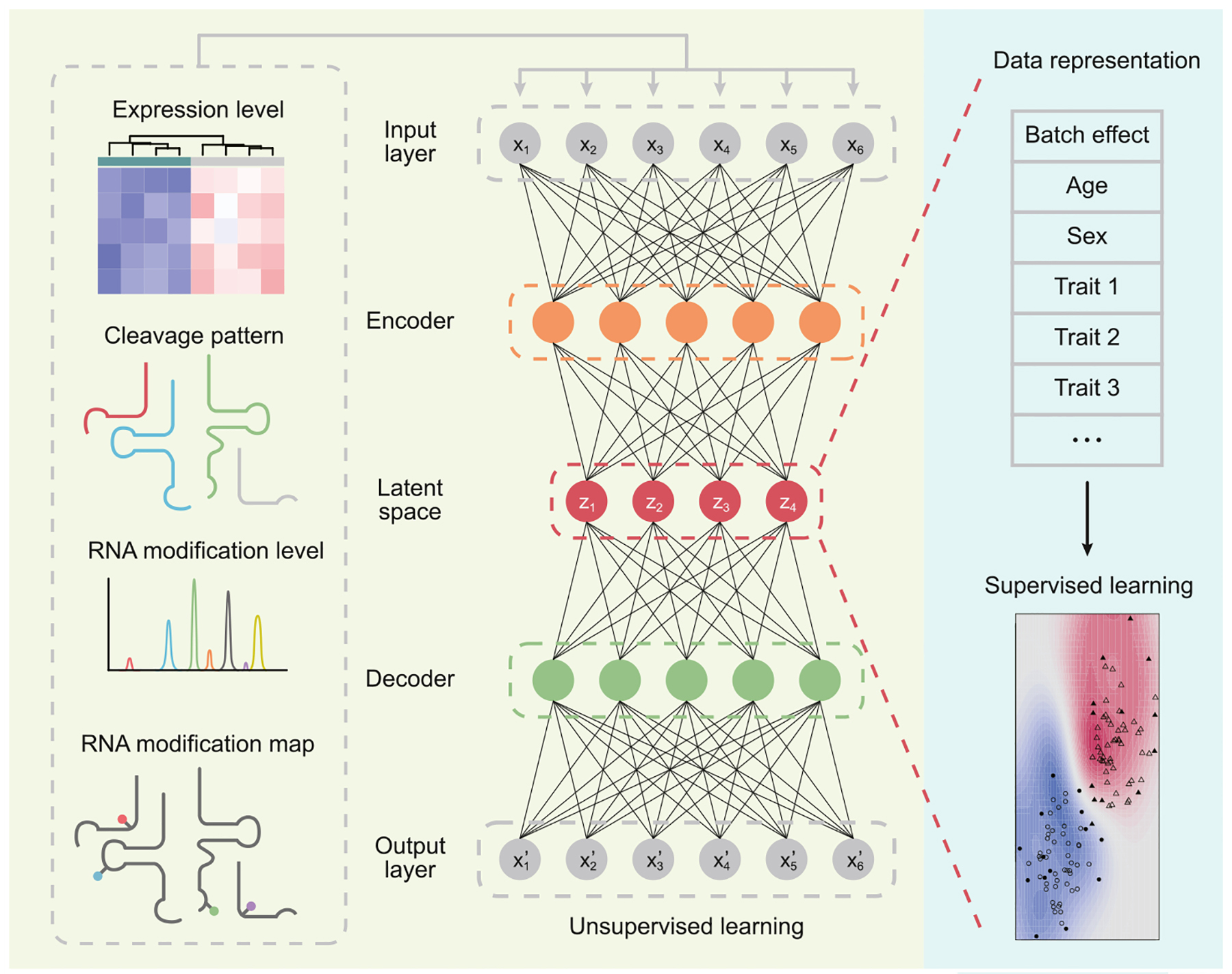Figure I. Schematics of the use of artificial neural networks to analyze multiple layers of tRNA-derived small RNA (tsRNA) profiles.

The input tsRNA data are processed by an unsupervised deep learning algorithm, Autoencoder. With multiple hidden layers, the encoder maps the input tsRNA data (X) into a lower-dimensional latent space (Z) with fewer nodes, which captures a compressed knowledge representation (supposedly containing biological/clinical features such as age, sex, disease status, batch effect, etc.) from the original input and forms the basis for reconstructing the input in the output layer (X’) via the multiple hidden layers in the decoder. In turn, the latent representation can be fed into a supervised machine learning algorithm that will aid diagnosis, prognosis, and preventive and therapeutic interventions in precision medicine.
